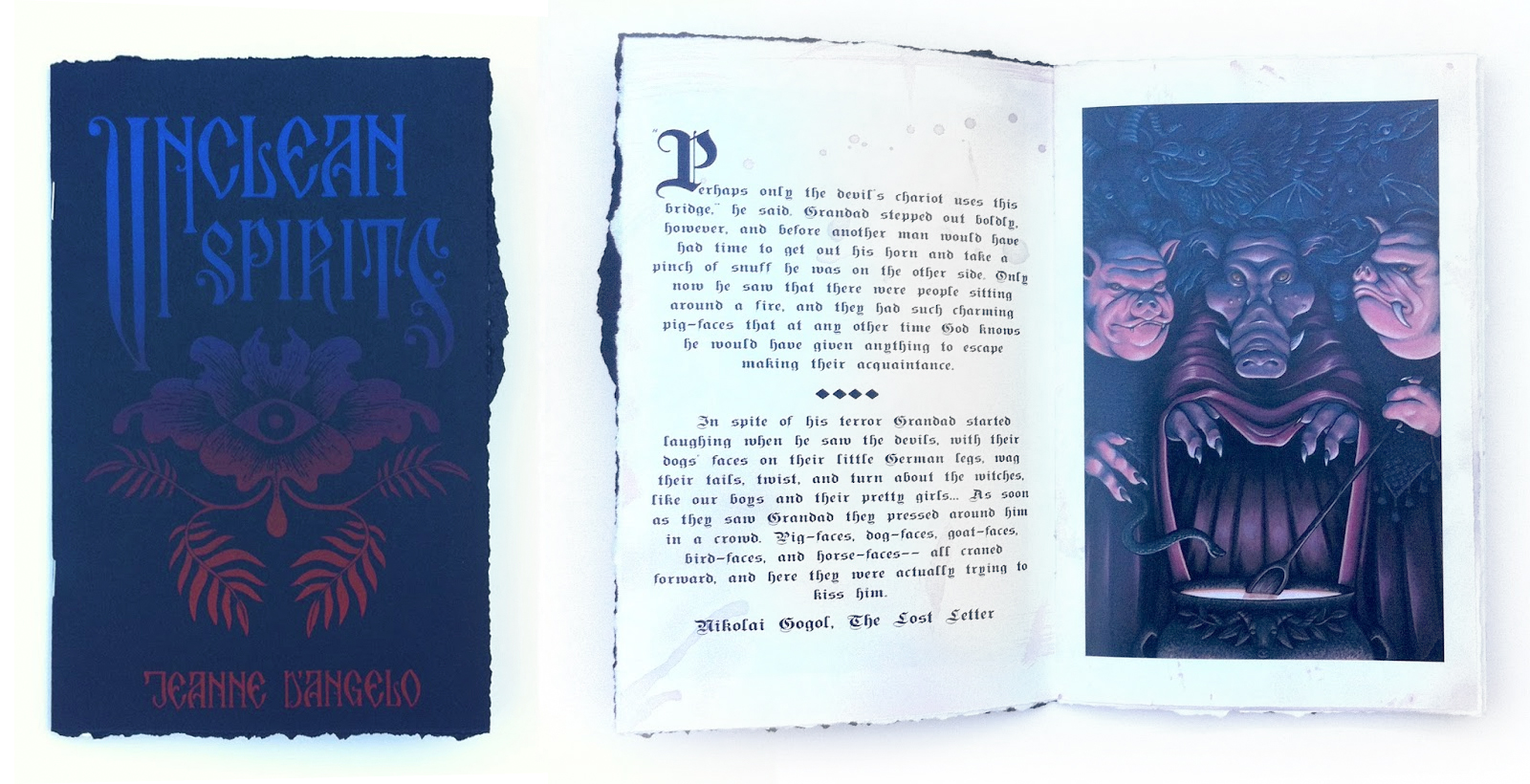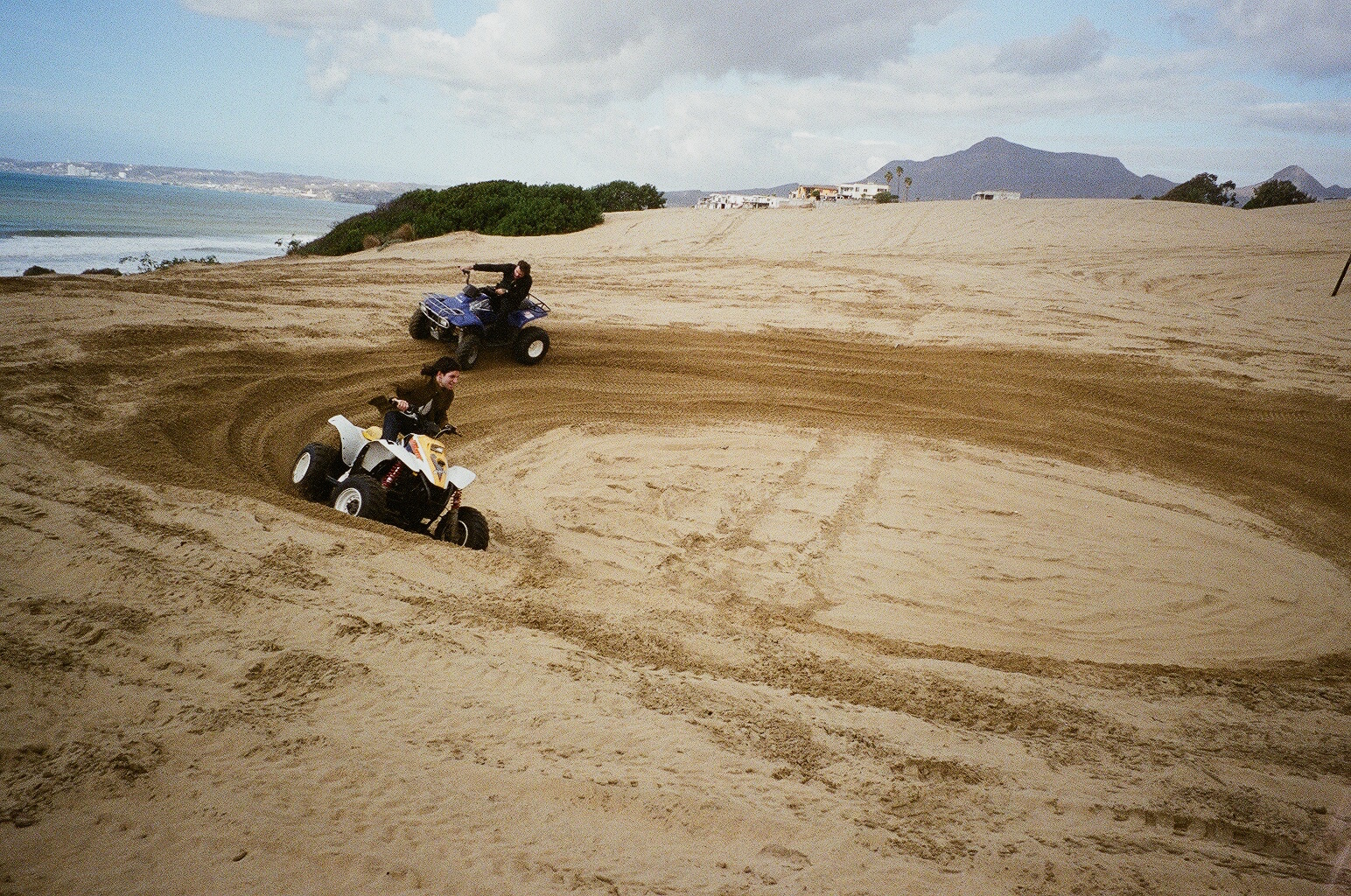Photos and interview by Ian Loring Shiver
Two weeks ago I watched (and photographed) Chris Capriotti and 11 other men and women fight eachother in a bare knuckle boxing match in a gallery. Both a packed house and completely illegal, it was easily the best (and most fun) performance piece I'd ever witnessed. I asked Chris a few questions about the piece.
From the artist's website: The performance itself is a six round bareknuckle boxing match. There are twelve fighters: six women and six men, only paired with members of the same gender. The first round starts with just one pair, and each round another pair is added to the ring, but for the remainder of the match they only fight the person they entered with. Each round is 35 seconds, followed by a 30 second break. The performance concludes at the end of six rounds, and all winners (unless there is a knockout) are determined by the audience. The fight is structured using a version of the 1853 London Prize Ring rules for boxing, which were the first standardized rules for fighting in the western world, updated and edited to fit our needs.
How did you originally come up with this idea?
Brian Fell and I met in an installation art class at Tyler when we were probably 19 or 20. We ended up being assigned to collaborate on a piece relating to art institutions that had to exist within one of Tyler’s gallery spaces, and sort of reflect on both the gallery and its place within the larger academic structure of art and art school. We were interested at first in the competitiveness fostered in those spaces, which was something we were seeing and dealing with already, but it quickly grew from there and became a little more complicated.
A big issue for us was basic human urges, like the urge to create, and how that had morphed over time into the art world. Humans generally want to create or leave a mark in any way they can, via painting, fucking, violence, singing, etc. You just want to put yourself out there naturally and leave some sort of mark.
I’m not sure which of us found them, but we discovered the London Prize Ring boxing rules, and ended up focusing on them because they were the first set of rules in the western world for taking what was essentially a street fight, and containing that into a box and giving it a structure, with violence being one of those basic, rudimentary human responses. That felt a lot like the gallery system/academic art to us, and we ended up combining the two. From there the piece ended up relating to a lot more for us, everything from audience/participant agency, to homoeroticism and sexual identity, to the way we make what we make and why.
Is this a continuation of any of your other work? How have you dealt with these themes in the past?
Ideas of control, fear, and desire (or the lack thereof) have always been a driving force behind my work. I think the first time we did this piece I was just fucking terrified. I still was this time, but I think I finally understood the piece the second time around. I was making a lot of unwieldy and physically unpredictable work at the time of the first piece, huge gravity-driven printing presses and objects that would explode, monoprints using trash, messy work like that. And it was all performative to a degree, and materially raw and minimal, and related a lot to my body and my limits and the level of control I could exert on something versus what it could exert on me. title ended up being a logical extension of that, in retrospect.
How does this piece fit into your overall aesthetic, or the future direction of your art?
Title aesthetically fits within the larger body of my work due to the play allowed between its structure and its unpredictability. Yes, there are rules, and a ‘set’ of sorts, but there’s also an infinite number of things involved that I can’t control. That’s a really big part of my work, the balance between what I do and what the art itself ‘does’, where I stop or where I allow for mistakes or for the piece to just exist. I work very gesturally, just jumping straight into the making part of the art and letting things kind of fall where they may. title is sort of the overarching idea of that in a performance, in that every person in the room has some semblance of agency but is also being forced to deal with what’s happening. That applies to both participants and audience members: they’re all reacting in real time to an overwhelming event, and also dealing with where they fit into that. All of the fighters are dealing directly with the person that they’re fighting, but also everyone else in the ring, and by extension everyone in the room. The rest of my work, the objects and paintings and what have you, are also dealing with agency in a similar way. They’re more reserved, but they still have that individual dialogue with the audience, where everything else kind of drops out and the viewer is dealing with and reacting to the work. Art doesn’t exist in the same way without viewership, and my work relating to the body and to personal control are very much about an intimate exchange with the viewer.
What role does audience agency really play in this? What makes watching your piece different than let's say... A contemporary dance piece?
Honestly, it kind of is a contemporary dance piece. It’s not choreographed, and it’s not structured in the same way, but it’s still about the human body and its limits and its identity at the core of it. The difference, if there really is one, is in the way the piece depends entirely on everyone in the room. When title was performed at PRACTICE, there was something like 130 people or more in the gallery, and the building itself was packed out to the street from the second floor down. Being in the room, and being a part of the performance, you become hyper aware of your body as an individual, and the crush of everyone around you, and the fear, and the adrenaline, and a thousand other things. But you are also aware of your power as an individual, and the way you physically and emotionally relate to those around you, and you have at least a little agency in how it all goes down. The short version: you can’t call the cops on a painting that makes you upset. But here we are, doing something overtly dangerous and scary and intense, and everyone is in some way implicit in that, and holding out for the outcome, whatever that may be.
If you're exploring lack of agency, talk about how the adding of people each round adds to that. It seemed like the building and swelling of both the violence and the tension in the room reached a near-breaking point by the final round. Is that intentional?
Yes, it’s that critical mass that makes you sort of desperately grip onto your agency and role in the room. I think it’s easiest to talk about in terms of painting: you’re working on a surface, and building on it and mixing into it and it eventually reaches a point where you step back and deal with it and edit it and come back to it. title ends at that moment. There’s a point in the last round, where there’s twelve people packed into a tiny space, in a way stuck there because of all the people surrounding them, and it’s all hard to follow. Movement is restricted, everyone is mixed up in each other, and everyone can tell it can’t keep going, it can’t possibly continue at this heightened level. And then it ends, and both the audience and the participants are forced to do all that editing of this work they were a part of by themselves. They can only really deal with their individual experience as a part of that larger work, and now they have to step out of it and parse it and decide what their experience was.
What specifically is it about violence, as opposed to something that involves the audience in a different way, that makes your point or is central to this piece?
I think it’s the primal nature of violence, and the sort of base desire to see it and feel it, that really pushes the engagement of the audience. It’s about building tension and then releasing it in a way that challenges the viewer, in a way that makes them hopefully rethink the space they’re in and their own ideas of art viewership, and their roles in the larger idea of art and its institutions.
Is there anything else you’d like to add?
I’m endlessly thankful that PRACTICE approached me about doing this piece again (even though I was pretty sure at first that I didn’t want to), and for giving me the opportunity to do it despite the many, many reasons to not. I’ve also said it nonstop for a couple weeks now, but I’m incredibly grateful for everyone who participated as well. I owe a lot of people a lot of drinks.
And I’m excited to have a few more projects coming up, none of which involve hitting anyone. Thanks.
You can see more of Christopher Capriotti's work @ his website here.

























































